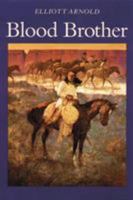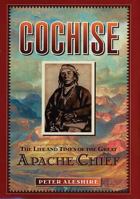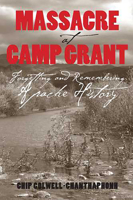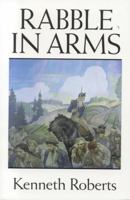Une douce violence
Select Format
Select Condition 
More by Pierre Boulanger
Book Overview
No Synopsis Available.
Format:Paperback
Language:French
ISBN:B0B3CNRLS6
ISBN13:9791037763839
Release Date:June 2022
Publisher:Le Lys Bleu
Length:112 Pages
Weight:0.31 lbs.
Dimensions:0.2" x 5.8" x 8.3"
You Might Also Enjoy
Customer Reviews
2 customer ratings | 2 reviews
There are currently no reviews. Be the first to review this work.











![Paperback Une douce violence [French] Book](https://i.thriftbooks.com/api/imagehandler/m/60301E88D93C96B2FD1AFCD04D9F08C56E74119C.jpeg)






























